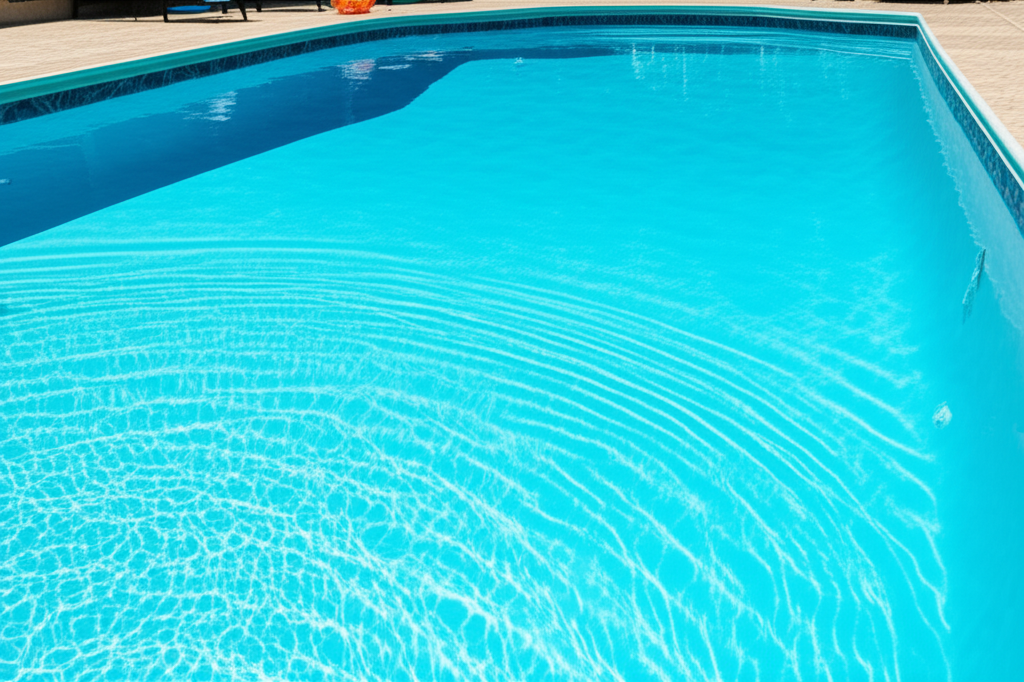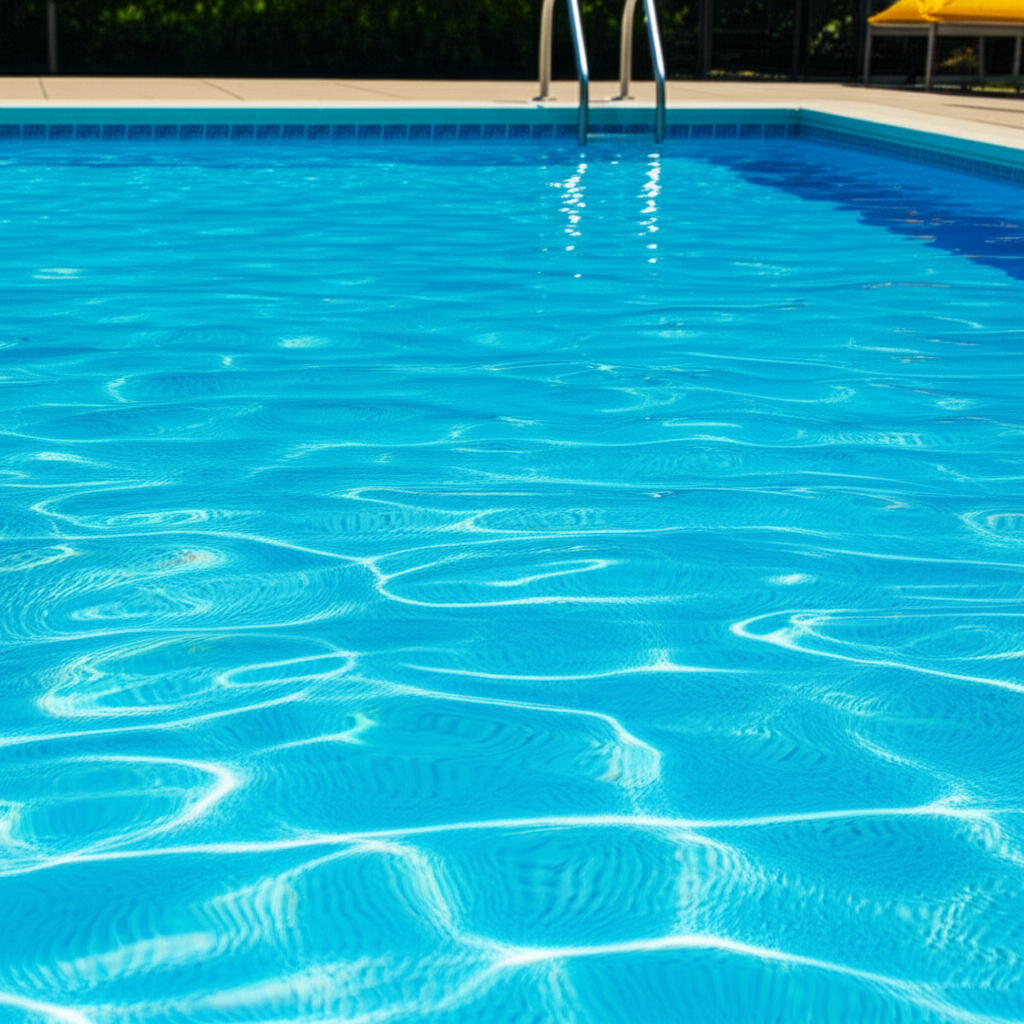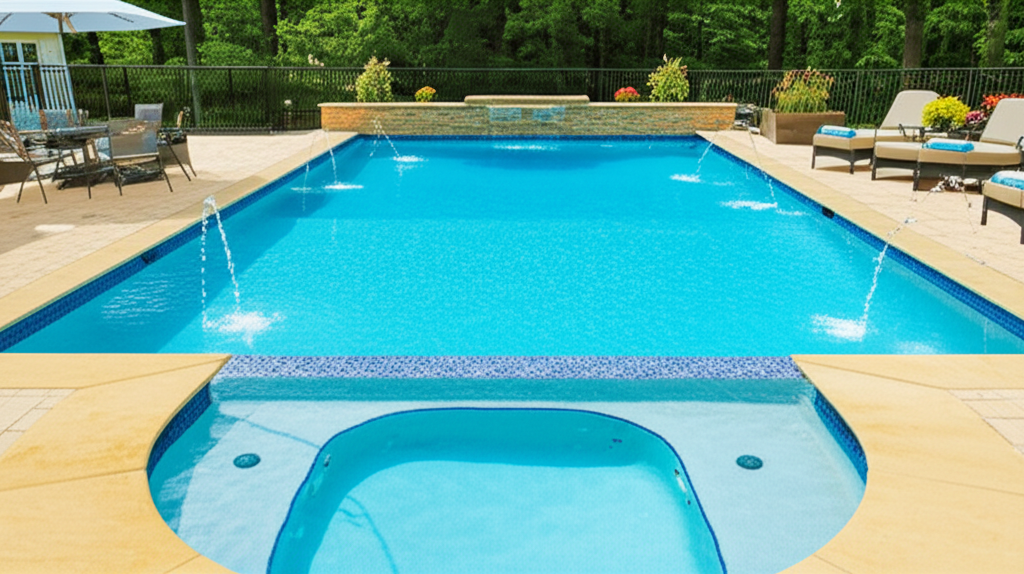- Understanding Your Fiberglass Pool's Gelcoat
- The Enemies of a Perfect Gelcoat
- Essential Fiberglass Pool Gelcoat Care
- Deeper Dive into Gelcoat Care: Preventing and Treating Issues
- Advanced Gelcoat Care: Polishing and Waxing
- When to Call the Pros
Fiberglass Pool ownership offers a fantastic blend of durability, smooth surfaces, and relatively low maintenance compared to other pool types. However, to truly preserve its pristine beauty and extend its lifespan, understanding and implementing proper gelcoat care is paramount. The gelcoat is the smooth, colored protective layer that forms the surface of your fiberglass pool. It’s what gives your pool its vibrant look and provides a barrier against water, chemicals, and UV rays. Neglecting this crucial layer can lead to fading, chalking, staining, and even structural issues over time. This guide will walk you through the ultimate tips for maintaining your fiberglass pool’s gelcoat in peak condition.
Understanding Your Fiberglass Pool’s Gelcoat
The gelcoat is a polyester resin applied during the manufacturing process, acting as the first line of defense for your fiberglass pool shell. It’s designed to be non-porous, smooth, and resistant to chemicals and UV exposure. Its primary functions include providing the pool’s desired color and finish, protecting the underlying fiberglass layers from water intrusion and chemical erosion, and offering a comfortable, algae-resistant surface. Over time, environmental factors, improper chemical balance, and lack of maintenance can degrade this protective layer, diminishing its aesthetic appeal and structural integrity.
The Enemies of a Perfect Gelcoat
To effectively care for your gelcoat, it’s essential to know its adversaries:
UV Radiation: Prolonged exposure to sunlight can cause the gelcoat to fade, chalk (develop a powdery surface), and become brittle.
Improper Water Chemistry: Unbalanced pH, alkalinity, or calcium hardness, as well as high chlorine levels, can aggressively attack the gelcoat, leading to staining, surface etching, and accelerated degradation.
Physical Damage: Scratches from rough objects, impact from dropped items, or accidental abrasion can compromise the gelcoat’s protective barrier.
Environmental Contaminants: Leaves, pollen, bird droppings, metals, and even some sunscreens can leave stubborn stains if not removed promptly.
Essential Fiberglass Pool Gelcoat Care
Consistent, routine maintenance is the cornerstone of preserving your gelcoat.
Regular Skimming and Vacuuming: Remove debris like leaves, insects, and dirt daily or every other day. Organic matter left on the gelcoat can decompose and cause staining, especially in warmer temperatures. Use a vacuum head designed for fiberglass pools to avoid scratching.
Maintain Proper Water Chemistry: This is the single most critical factor in gelcoat longevity. Test your water at least 2-3 times a week (daily if heavily used).
pH: Keep between 7.4-7.6 (ideal). High pH can cause scaling; low pH can be corrosive.
Alkalinity: Maintain between 80-120 ppm. This acts as a pH buffer.
Calcium Hardness: 150-250 ppm is ideal for fiberglass pools. Levels too high can cause scaling, too low can cause the water to seek calcium from the gelcoat.
Sanitizer: Keep chlorine (or your chosen sanitizer) at recommended levels to prevent algae and bacteria without being excessively high, which can dull the gelcoat.
Regular Brushing: Even if your pool looks clean, gently brush the walls and floor weekly with a soft-bristled pool brush. This helps dislodge microscopic particles, prevent algae adhesion, and evenly distribute chemicals.
Deeper Dive into Gelcoat Care: Preventing and Treating Issues
Beyond the daily routine, several preventive measures and prompt actions can address specific gelcoat challenges.
Protecting from UV Damage: While specific UV protectants for pool gelcoats are not common or widely endorsed, keeping your pool covered when not in use can significantly reduce UV exposure. If your pool is often in direct sunlight, ensure water chemistry is impeccably maintained, as UV damage combined with poor chemistry accelerates wear.
Addressing Stains Promptly: Different stains require different approaches:
Organic Stains (leaves, dirt): Often responded well to a gentle scrub with a soft brush and a pool-specific stain remover. Ensure the product is safe for fiberglass.
Metal Stains (iron, copper): These appear as brownish, reddish, or bluish spots. Use a sequestering agent preventatively or a specialized metal stain remover. Test a small, inconspicuous area first.
Oil/Grease Stains: Degreasers specifically designed for pools can work, but avoid harsh detergents.
General Rule: Always use non-abrasive cleaners and soft sponges or cloths. Never use wire brushes or harsh scouring pads, as these will permanently damage the gelcoat.
Preventing Algae Growth: Algae directly adheres to the gelcoat, and while fiberglass is less prone to it than plaster, it can still occur. Consistent sanitization and regular brushing are key. If algae appears, shock your pool and brush thoroughly immediately.
Proper Winterization: For pools in colder climates, correctly winterizing your fiberglass pool is crucial. Drain to the recommended level, balance chemicals, and use appropriate winterizing chemicals. This prevents freeze damage and reduces the chances of severe staining or algae blooms during the off-season.
Advanced Gelcoat Care: Polishing and Waxing
Over time, even with the best care, your gelcoat might lose some of its original luster. That’s where polishing and waxing come in.
Polishing: If your gelcoat appears dull, chalky, or has minor scratches, polishing can restore its shine. Use a marine-grade polish specifically designed for gelcoat, which typically contains fine abrasives. Apply with a soft cloth or a buffing machine on a low setting, working in small sections. This process removes a minimal layer of oxidized gelcoat, revealing the fresh, vibrant layer beneath. Always follow the manufacturer’s instructions.
* Waxing/Sealing: After polishing, or if your gelcoat is in good condition but you want to add an extra layer of protection, apply a marine-grade wax or sealant. These products create a protective barrier that enhances shine, repels dirt, and provides an additional shield against UV rays and chemical exposure. Waxing typically needs to be done once or twice a year, depending on the product and pool usage.
When to Call the Pros
While routine care and some advanced maintenance can be DIY, certain gelcoat issues warrant professional attention. Deep scratches, chips, cracks, or signs of osmotic blistering (small, liquid-filled bumps) require specialized repair techniques and materials. Attempting these repairs yourself without proper expertise can worsen the problem. A professional pool technician can seamlessly repair and color-match the damaged gelcoat, restoring your pool’s pristine appearance and preventing further issues.
By diligently following these ultimate Gelcoat Care tips, your fiberglass pool will not only maintain its stunning beauty for years but also provide a durable, enjoyable swimming experience that truly stands the test of time. Consistent prevention and prompt action are the secrets to a perpetually perfect fiberglass oasis.



